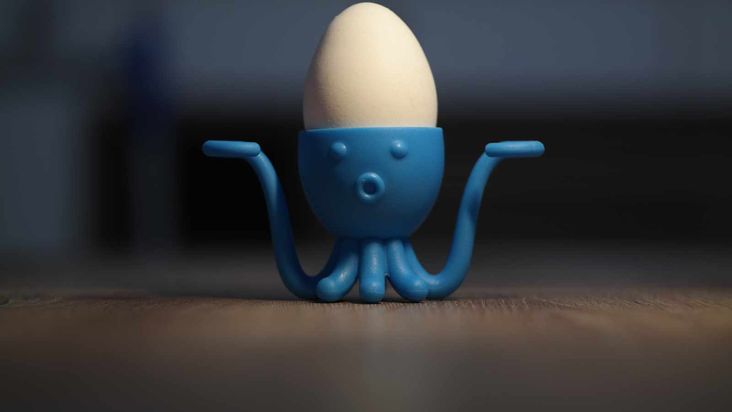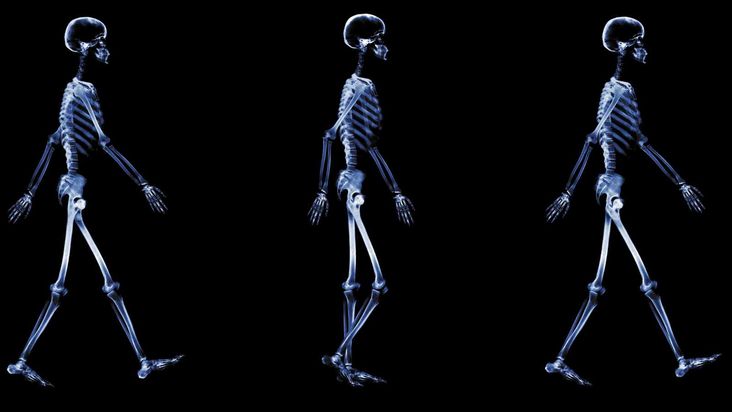Discover 12 Uncommon Trivia About the Female Body
The female body is an incredible marvel of nature, and there is still so much to learn about it. From the mysteries of the menstrual cycle to the wonders of female hormones, there are plenty of interesting facts about the female body that you may have never heard. Here are some rarely discussed details of the female anatomy and physiology.
Menstrual Blood Isn’t Just Blood

During menstruation, a woman produces many milliliters of fluid that consists of more than red blood cells. This mixture includes endometrial tissue, uterine lining proteins, and cervical mucus. Together, they facilitate the shedding of the uterine lining, ensuring the smooth functioning of the body’s natural processes.
Uterine Muscles Are Powerful

The uterus is a powerful organ comprising a combination of smooth and striated muscles. These muscles are so powerful that they can contract at the same intensity as when doing a sit-up or leg press, making menstrual cramps quite uncomfortable. It shows us how resilient the female body can be.
Fluid Changes Throughout the Menstrual Cycle

Throughout the menstrual cycle, women experience hormonal fluctuations that can cause changes in the amount and composition of genital fluid. These fluctuations are normal and natural; it’s just the body’s way of regulating itself. The changing fluid also helps ward off infections by keeping the pH level balanced.
Breasts Change Size Throughout the Month

Due to hormone levels, breast size and shape can vary widely from one month to the next. During menstruation, estrogen and progesterone cause the breasts to swell; afterward, they return to their usual size. This change is a normal part of the female body’s cycle, but for many women, it can be an uncomfortable experience.
The Uterus Expands Dramatically During Pregnancy

During pregnancy, the uterus transforms as it expands to accommodate the growing fetus. This incredible process involves an increase in size and weight and a series of intricate changes at the cellular and molecular levels. This adaptability showcases the female body’s ability to support and nurture new life.
Women Have a Stronger Sense of Smell

Women have a stronger sense of smell than men, which is likely because women have more active olfactory cells. This heightened sense of smell can be beneficial, as it helps alert them to environmental dangers like spoiled food or pollutants in the air.
Cervix Changes Shape During Menstruation

During menstruation, the cervix expands and softens, allowing menstrual fluid to pass quickly. This process is called cervical dilation and is essential for a healthy reproductive system. It also helps regulate fertility by keeping sperm from entering the uterus until ovulation.
Estrogen Affects Vocal Pitch

Estrogen plays an essential role in the female body, and one of its primary functions is to regulate vocal pitch. Women’s voices can deepen during ovulation due to the rise in estrogen levels. The same hormone also regulates bone density and muscle mass.
Breast Milk Changes Composition

Breast milk changes in composition throughout lactation. It contains colostrum, especially rich in antibodies and other protective elements. As the baby grows, so does the mother’s breast milk; its composition adapts to meet the changing nutritional needs of her child.
Women Are Born with All of Their Eggs

At birth, women already have all the eggs they will produce in their lifetime. These eggs are stored in the ovaries and are released during ovulation. While this number decreases over time due to a woman’s age, it remains an incredible feat of nature that showcases the power of the female body.
The Female Body Contains Vestigial Structures

Vestigial structures are fascinating remnants of evolution, representing organs that have lost their function over time. In women, examples include the appendix and tailbone, which were once essential but now serve no purpose. These vestiges remind us of our evolutionary history and the ongoing changes that shape our existence.